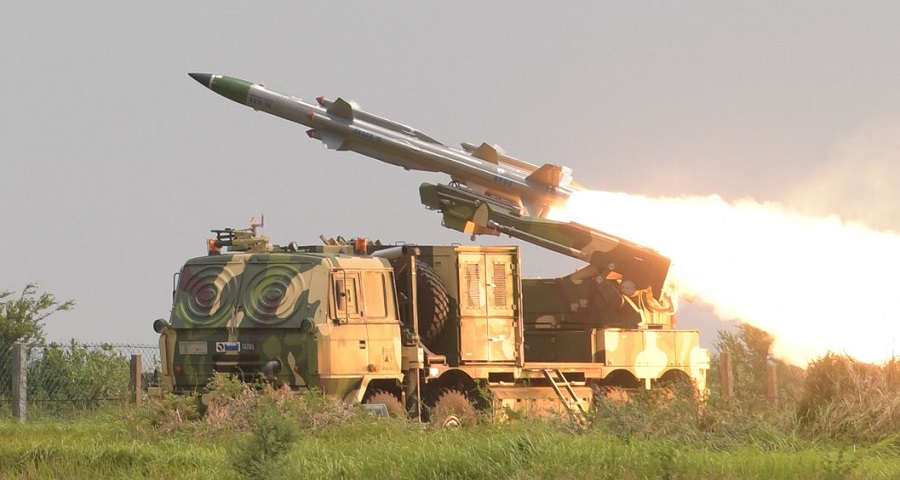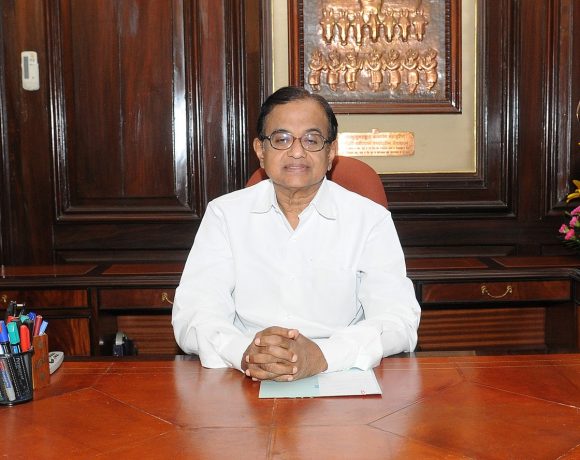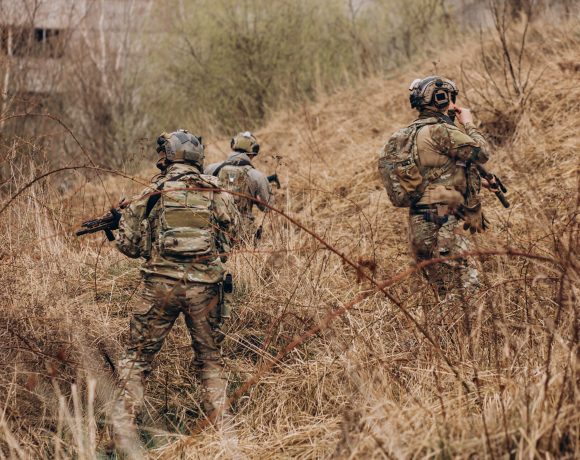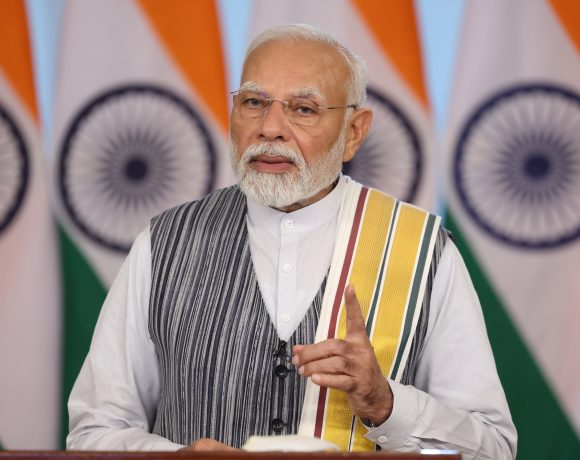
India Grants Military Emergency Powers Amid Operation Sindoor
As Operation Sindoor continues to reshape India’s military and strategic priorities, the Indian government has empowered the armed forces with fresh emergency financial powers to fast-track procurement of critical defense equipment. A budgetary envelope of ₹40,000 crore has been sanctioned to meet immediate operational needs amid high regional tensions.
Strategic Pause in Operation Sindoor
Though firing has stopped temporarily under what the government terms a “strategic pause,” officials assert that Operation Sindoor remains active. The Ministry of Defence confirmed that the continuation of peace will depend on Pakistan’s conduct, particularly with regard to cross-border terrorism. Indian military leaders have signaled that any future provocation will be met with an immediate and proportionate response.
This strategic messaging aligns with the Indian Army’s doctrine of punitive deterrence, making it clear that India’s restraint should not be mistaken for weakness.
Emergency Procurement Powers Detailed
The Defence Acquisition Council (DAC), headed by Defence Minister Rajnath Singh, has cleared the sixth tranche of emergency procurement powers (EP-6). This allows the three armed services—Army, Navy, and Air Force—to directly purchase mission-critical weaponry, with minimal bureaucratic delay. Key provisions include:
- ₹40,000 Crore Allocation: The total emergency spending ceiling has been fixed at ₹40,000 crore, subject to an internal cap of 15% on both capital and revenue expenditure for the fiscal year.
- Rapid Execution: Contracts must be signed within 40 days, and deliveries must be completed within one year—an aggressive timeline designed to quickly bridge operational gaps.
- Authority & Oversight: Vice Chiefs of the respective services are authorized to sign contracts. All purchases must be vetted by financial advisors to ensure compliance and fiscal prudence.
These fast-track powers are aimed at replenishing high-consumption assets like missiles and drone systems, which were used heavily during the precision strikes from May 7 to May 10 under Operation Sindoor.
Focus Areas for Procurement
With drone warfare and missile precision emerging as defining features of modern conflict, India’s emergency procurement list reflects these trends. Under EP-6, the armed forces will prioritize:
- Missiles & Loitering Munitions: To maintain offensive strike capabilities deep into hostile territory.
- Drone Systems: Including surveillance UAVs, kamikaze drones, and anti-drone systems to ensure real-time ISR (Intelligence, Surveillance, Reconnaissance) dominance.
- Air Defence Assets: To enhance layered air defense and counter low-altitude aerial threats.
During Operation Sindoor, assets like the BrahMos cruise missile and Heron Mark 2 drones demonstrated their operational value. The current tranche is expected to build further on these successful platforms.
Emphasis on Indigenous Defense Production
The government has reiterated its commitment to the ‘Atmanirbhar Bharat’ initiative, encouraging domestic firms to meet the bulk of this emergency requirement. Public sector units like Bharat Electronics Limited are poised to receive major orders for ground-based radars and detection systems. Simultaneously, private players specializing in UAVs and loitering munitions are expected to play a vital role in rapid deployment.
This push aligns with the dual goals of strengthening India’s war preparedness while reducing dependency on foreign military suppliers, especially for low to medium complexity platforms.


















